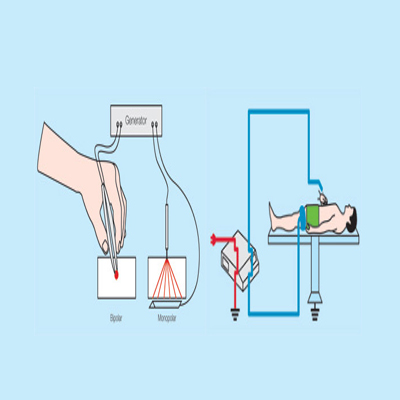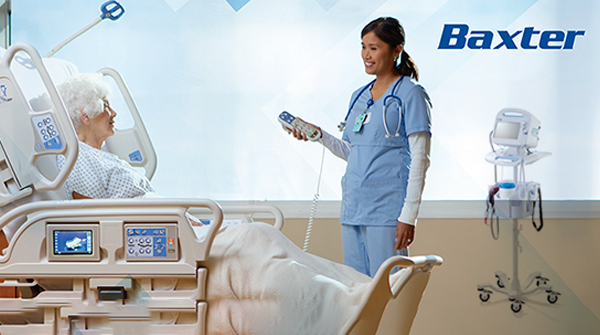Digitize and Engage Patients to Increase Trust in Healthcare

The pandemic has acted as a catalyst exposing fault lines in our healthcare systems that existed long before the first COVID-19 case came to light. One significant issue has been patients’ trust – or lack of it – in healthcare providers. Whereas previously we took this trust for granted, we’re now more aware of skepticism and mistrust in science generally and medicine in particular.
If nothing else, the pandemic has underscored the pressing need for healthcare providers to shift towards better transparency, accountability, and communication to build patient trust. It’s about addressing immediate concerns and laying the groundwork for resilient healthcare systems that can withstand future challenges.
But where do we begin? Just as we relied on the power of information to limit the impact of COVID-19, providers can leverage technology to build trust with patients through digital engagement.
Promote transparency and accountability through digitization
Healthcare organizations can promote transparency and accountability through digitization by capturing healthcare information in an electronic medical record (EMR) system.
Transparency is only possible if you have complete information about patient care in a readily available and sharable form. Traditional, paper-based medical systems cannot be easily shared, and the information is often limited. Digital information captured and shared in an EMR system, on the other hand, facilitates transparency amongst care providers and from providers to patients.
In addition to digitizing patient information, healthcare providers should adopt a digital-first care model that prioritizes digital patient engagement for better accountability.
The ultimate transparency and accountability is to the patient. Patients should be digitally engaged in managing their care, including access to health information and the cost of care. Now we have better digital healthcare literacy, a digital-first care model helps patients to better monitor their health. This promotes better engagement with their providers, helping them create individualized care plans and improving health outcomes.
Share clinical data for effective communication
Effective communication plays a significant role in building trust. But it can only happen when there is a shared understanding. Digital engagement facilitates this by enabling providers and patients to see the same data set and, for example, collaborate to build personalized care plans.
Healthcare providers must always be sensitive to what they communicate and what their organization represents. Are they an organization that promotes the latest medical treatments? Or do they want to be seen as providing the best care for each patient? If it’s the latter, you need detailed, personalized clinician information.
Especially with most patient communications happening remotely, the lack of a shared clinical data foundation could lead to misunderstandings and create risks. A digital-first, patient-centered care model, where clinical data is always part of the equation, promotes effective communication and builds trust.
Promote cultural change and data innovation
Often, cultural and technical barriers to sharing health data with patients can inhibit digital engagement with patients. To overcome them and promote the adoption of new data-driven models of care, clinical staff must share in the benefits of innovation.
To be successful, however, healthcare providers also need governance systems that support change and innovation safely, including clinical and social safety. While organizations want to move quickly to engage patients digitally, their services must do no harm. Digital systems must also be accompanied by information security and privacy investments, for example, for trust to be built and maintained.
A healthcare data platform accelerates this process. While an easy-to-use EMR system facilitates data entry and sharing and provides clinical support, a data platform enables easy access to data anywhere and anytime. It can unify distributed data from across the organization, deliver real-time insights, and provide analytic capabilities, including business intelligence and machine learning.
A data platform makes processing and sharing accurate data more convenient, efficient, and secure. And that makes it faster and easier to gain insights and power new applications to help get clinical staff on board.
Address mistrust in science and medicine
Trust takes time to build but can be destroyed in the blink of an eye. Provider-patient relationships can take years to make, but a misdiagnosis or one medical error could put them in jeopardy.
Digital engagement based on a shared clinical data foundation enables patients and providers to work with the same factual information. It involves patients in managing their care and provides transparency and accountability to their care providers.
For example, patients can use their mobile phones or computers to:
- Review clinical notes from their consultations
- Review lab and other test results
- Check medication lists and arrange for refills
- Get information to help manage chronic health conditions
- Get reminders for vaccinations and regular appointments
Patients should have access to accurate information about their care, including medical opinions about their care plan and how their health outcomes have been and can be achieved. This transparency and accountability will help build trust in the science and medicine behind care provision.
Adopt value-based care models across the system
We’ve seen how health providers can leverage technology for better transparency, accountability, and communication at the hospital or other provider level to build patient trust. Similar technology can also improve public health infrastructure and build confidence in the healthcare system as a whole.
One solution is to leverage technology to improve healthcare outcomes and reduce the cost of medical treatment. This is the idea behind value-based care. That means you need to capture data to analyze the effectiveness of outcomes and the cost of treatment across the healthcare system.
Governments across South East Asia are already moving towards value-based care as part of reforms to their healthcare systems. Many are building healthcare data-sharing infrastructure based on the latest HL7® FHIR® (Fast Healthcare Interoperability Resources) clinical data standard or encouraging healthcare providers to adopt FHIR to participate in data-sharing initiatives.
Leading healthcare providers are also looking to FHIR to further innovate with interoperability between their systems to enable data analytics, Artificial Intelligence, and Machine Learning to improve quality of care, patient experience and engagement, and operational efficiency.
By adopting these modern, data-driven approaches to care – with FHIR and other advanced healthcare technology – we can remove barriers to innovation and address system-wide healthcare problems. Putting patients at the center of these initiatives – and leveraging technology for better transparency, accountability, and communication to build trust – will be crucial to success.

About: Dr. Adjhaporn Khunlertkit - Professional Services Director, South East Asia, InterSystems
Dr. Adjhaporn Khunlertkit Is Professional Services Director, South East Asia at InterSystems, a provider of innovative data solutions, including cloud-first data platforms which solve interoperability, speed, and scalability problems, and electronic medical record systems which support advanced data management in hospitals. Before joining InterSystems, Dr. Khunlertkit was Division Director, Health Information Management, Operational Analytics and Transformation at Bumrungrad International Hospital in Thailand. Previously, she was Senior Human Factors Lead at John Hopkins Medicine in the United States, specializing in healthcare IT user-centered design and implementation, workflow and sociotechnical systems analysis. She holds a PhD in Human Factors Engineering from University of Wisconsin–Madison.







